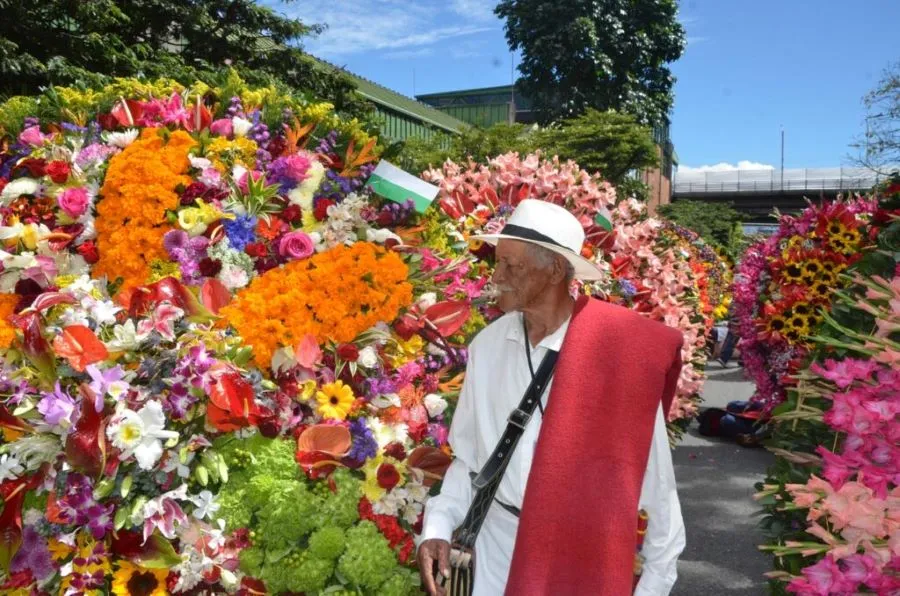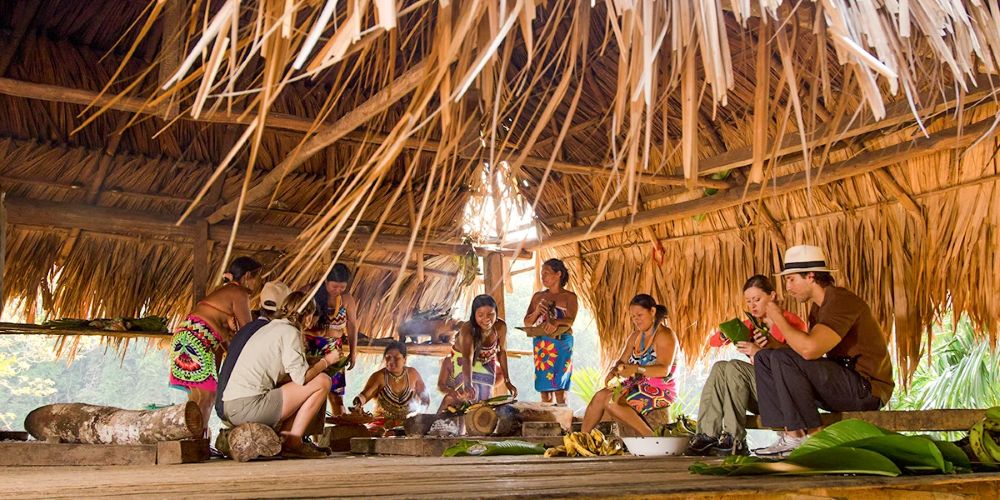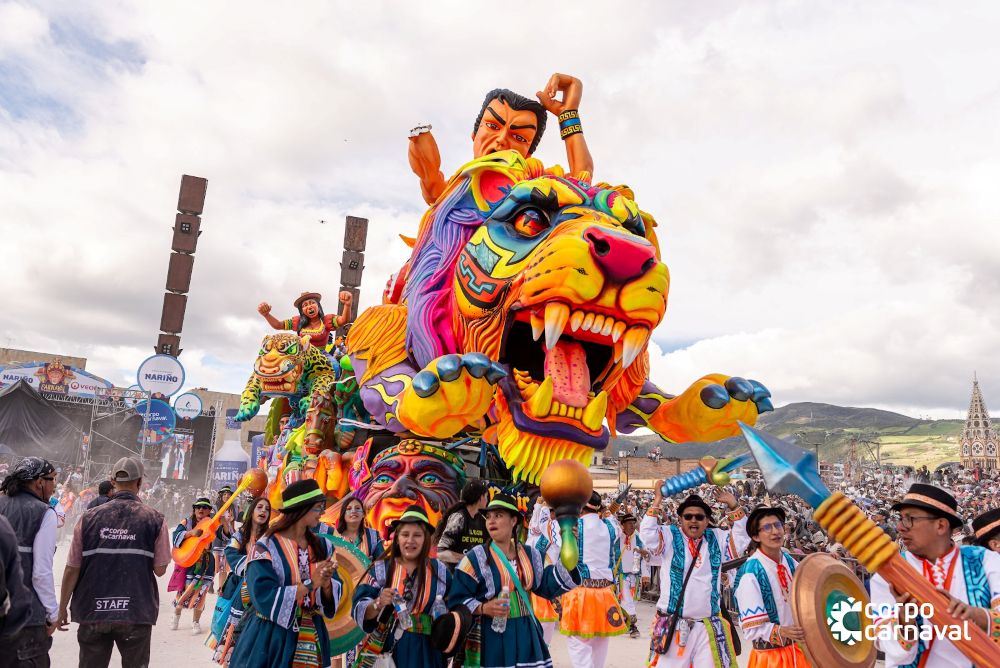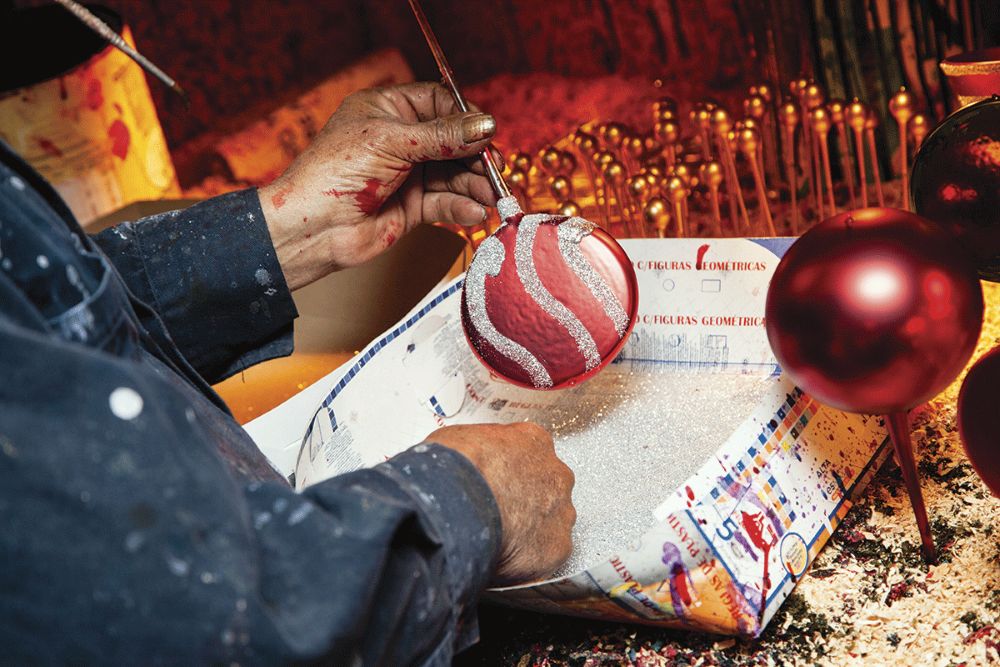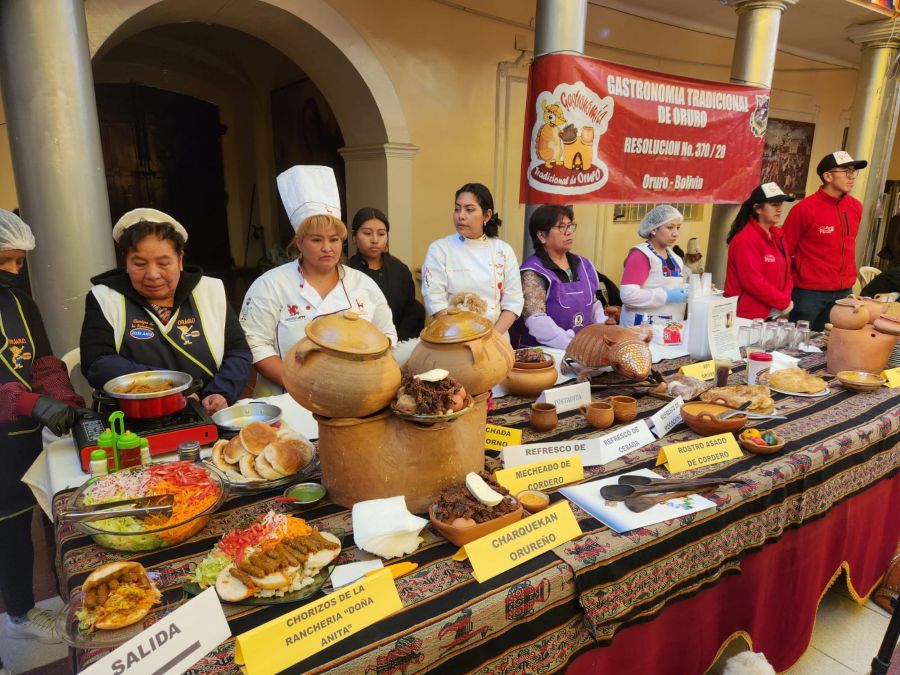Every August, Medellín transforms into a vast living garden. For ten days, the capital of the Antioquia department celebrates its most iconic event: the Feria de las Flores. More than a festival, it’s an ode to nature, rural culture, and a tradition recognized as part of Colombia’s Intangible Cultural Heritage: that of the silleteros.
With more than 60 years of history, this event attracts thousands of visitors and showcases the floral wealth of a region that provides 40% of national production, helping make Colombia the world’s second-largest flower exporter.
From Roots to Glory: The Story of the Silleteros
Long before Medellín adorned itself with flowers, the silletas had a much more practical purpose. In pre-Hispanic times, the inhabitants of the Andes used these wooden chairs, carried on their backs, to transport loads across steep and muddy mountain paths where neither mules nor carts could pass.
Over time, they became an essential tool for farmers to take their most precious treasures to market: flowers. In 1957, 50 growers paraded through the streets with their creations for the first time. Since then, every August, Medellín pays tribute to these men and women who keep alive a tradition that has become a symbol of identity.
A Festival with a Thousand Faces
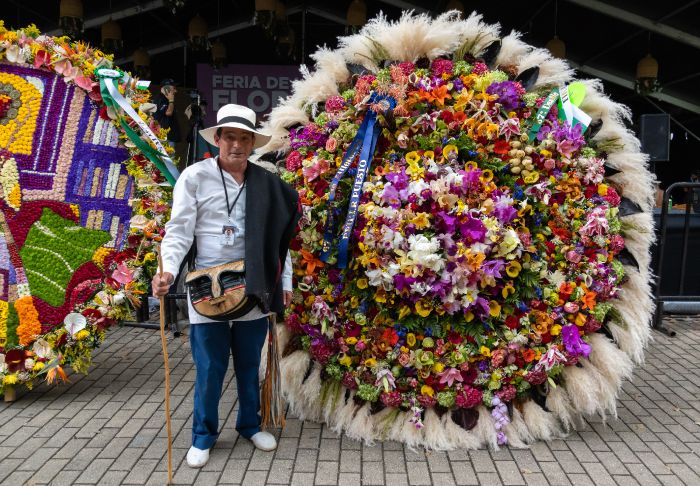
From the very first days, the city becomes an open-air stage with more than 110 public events and 200 activities. On the program: concerts, the dance festival Viva la Salsa, and the Orquídea de Oro Trova Festival, a beloved event where artists improvise songs in a playful, poetic duel.
But the celebration goes far beyond that: La Feria a Ritmo de Bicicleta, the International Storytelling Festival, the Chivas and Flowers Parade, the Tusa y Despecho Festival, the Orchid, Flower, and Handicraft Exhibition, and many more.
The Silleteros Parade: The Main Event
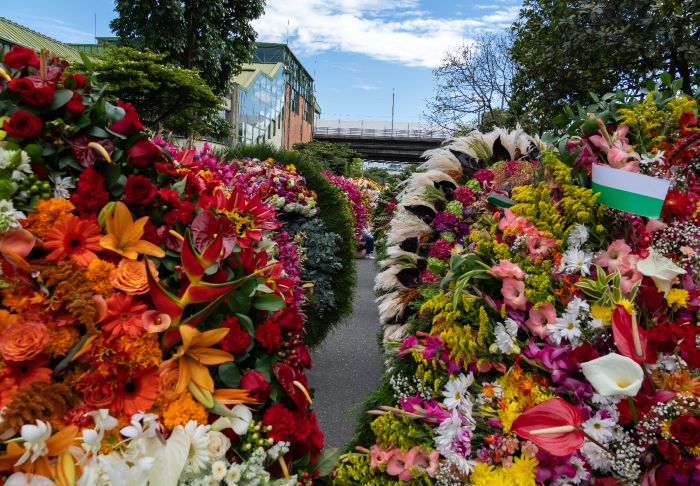
On Avenida Regional, more than 530 participants, dressed in white, wearing traditional aguadeño hats, the ruana (a wool poncho), and the carriel (a typical leather satchel), march proudly with silletas on their backs—handcrafted masterpieces that can weigh up to 90 kg and measure two meters in diameter.
To preserve this tradition, one essential rule applies: participants must belong to a silletero family and live in the horticultural zone of Santa Elena or its surroundings.
To honor their craft, the fair hosts a competition that awards winners by age category and design type:
- Silleta Tradicional : Simple, colorful arrangements true to the tradition’s origins.
- Silleta Emblemática : Creations conveying civic, educational, or religious messages, often featuring portraits or national symbols.
- Silleta Artística : Abstract designs celebrated for originality.
- Silleta Comercial : Promotional for brands or businesses.
- Silleta Monumental : The largest and most elaborate, including at least four flower varieties.
A panel of expert judges evaluates each creation based on technique, freshness, quantity, shape, design, and variety. Winners are announced before the parade and given the honor of leading it.
Our article: Medellín, urban adventures in the city of eternal spring
Why go?
Because attending the Feria de las Flores isn’t just about seeing Medellín in bloom: it’s about immersing yourself in a culture, breathing in the scent of celebration, and moving to the rhythm of a city that blossoms every summer.
So, will you be there for the next parade, when the City of Eternal Spring becomes the world’s largest bouquet?
Photo: Alcaldía de Medellín

